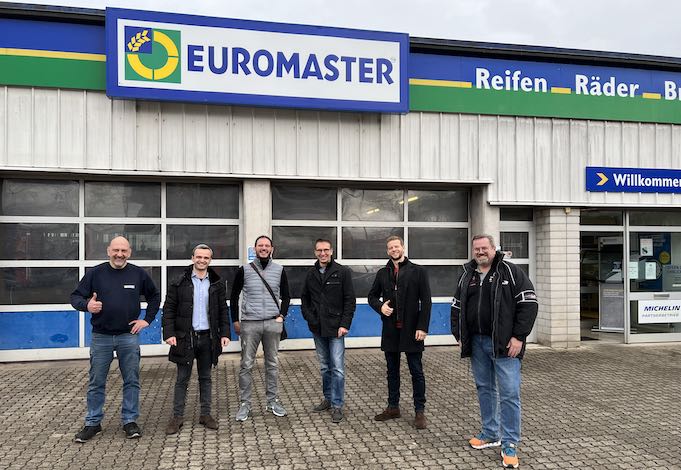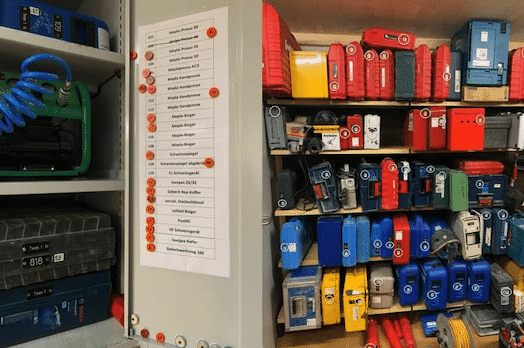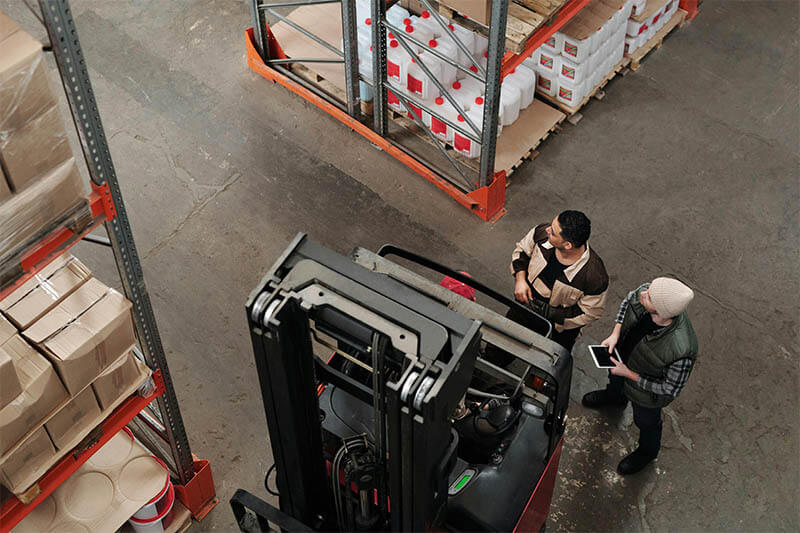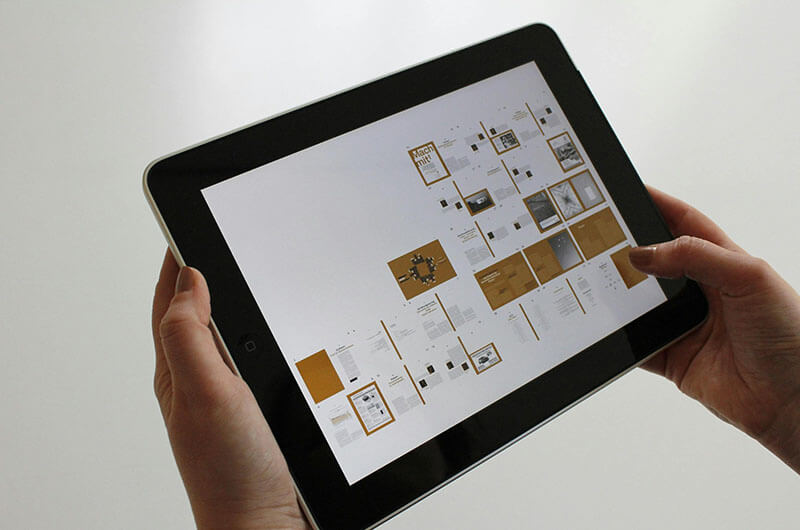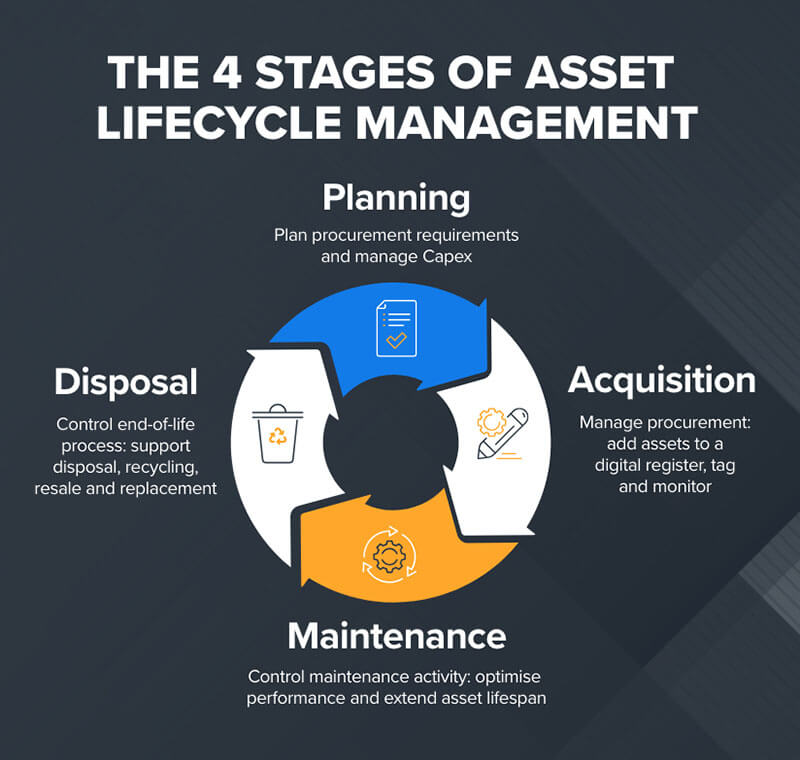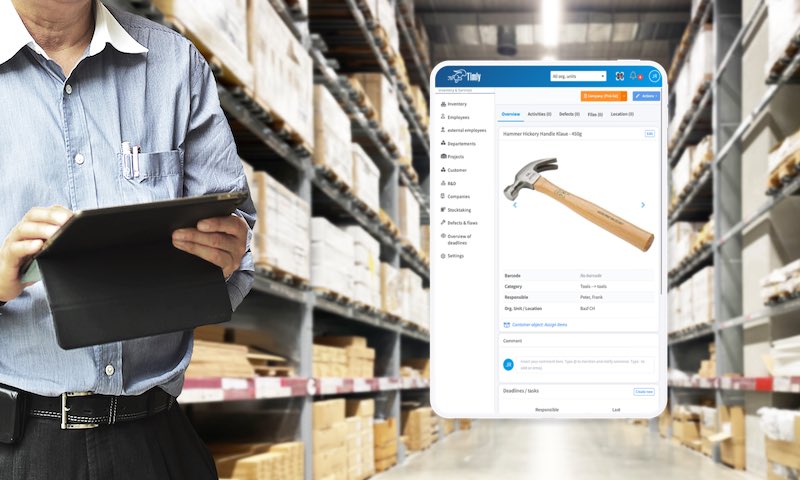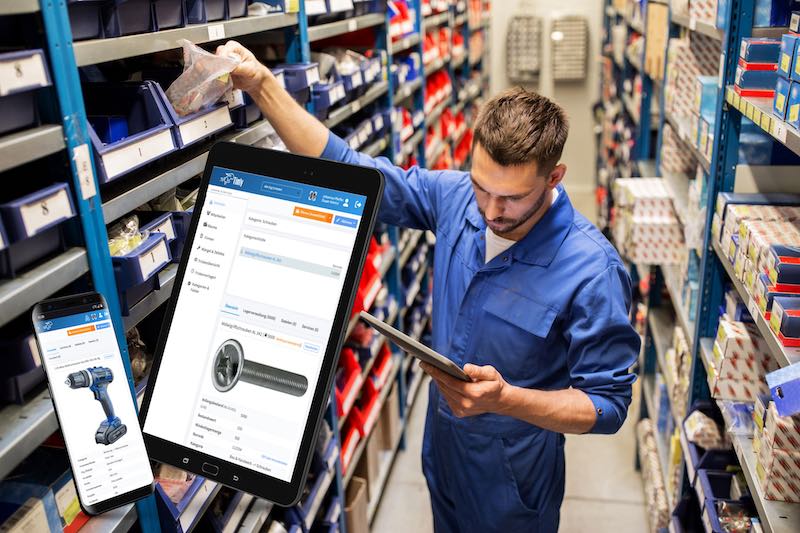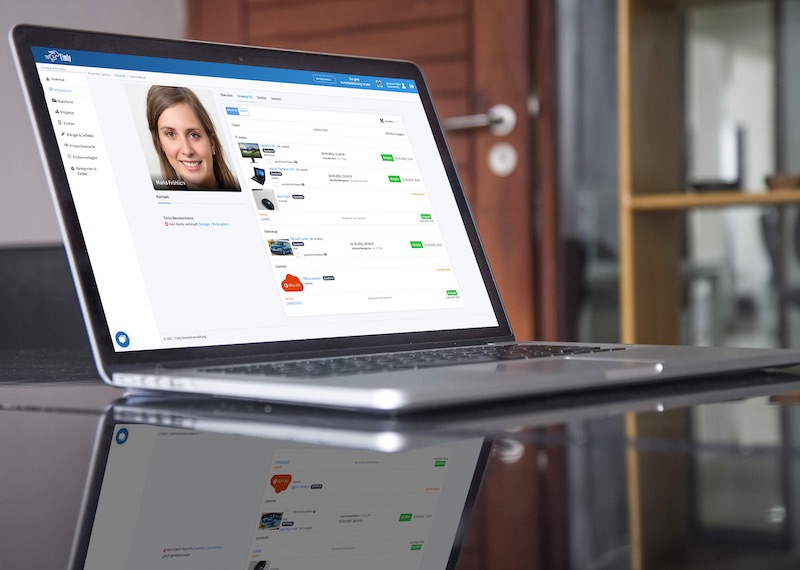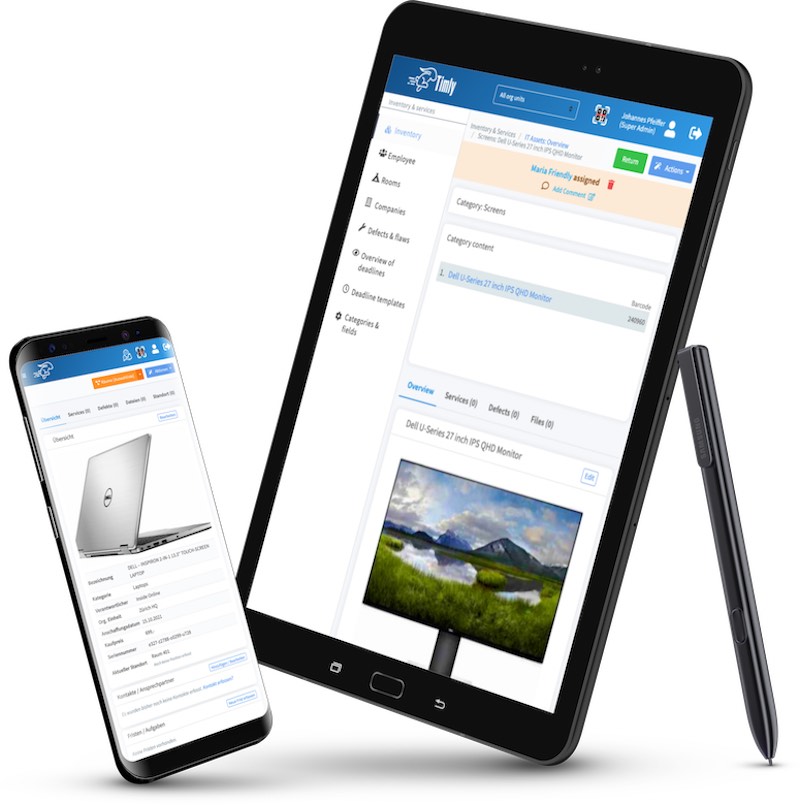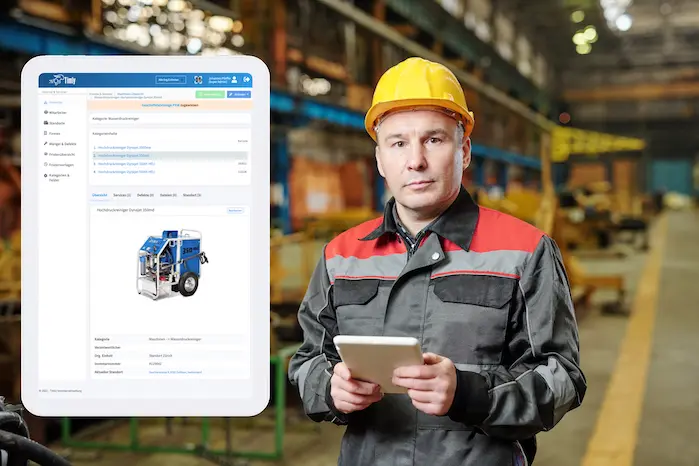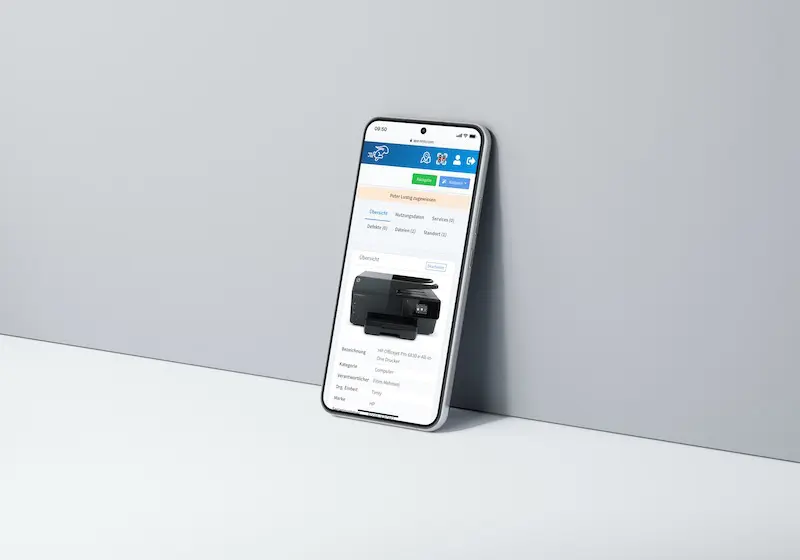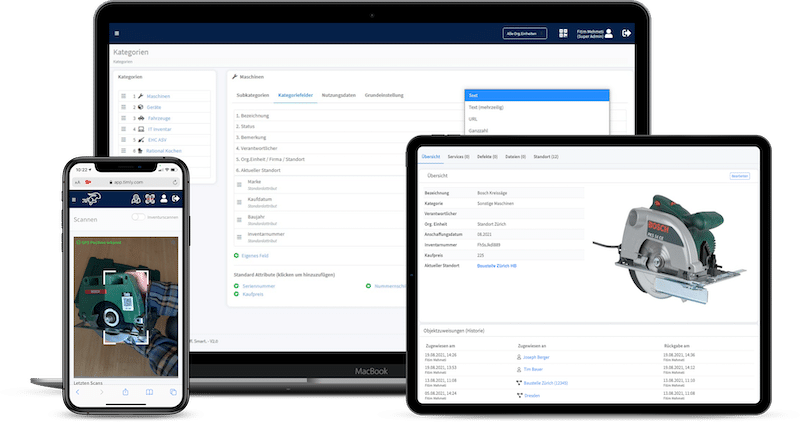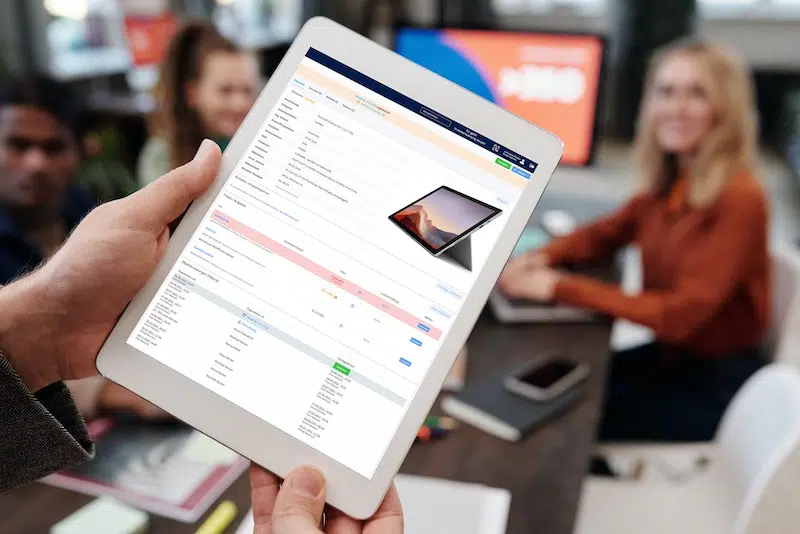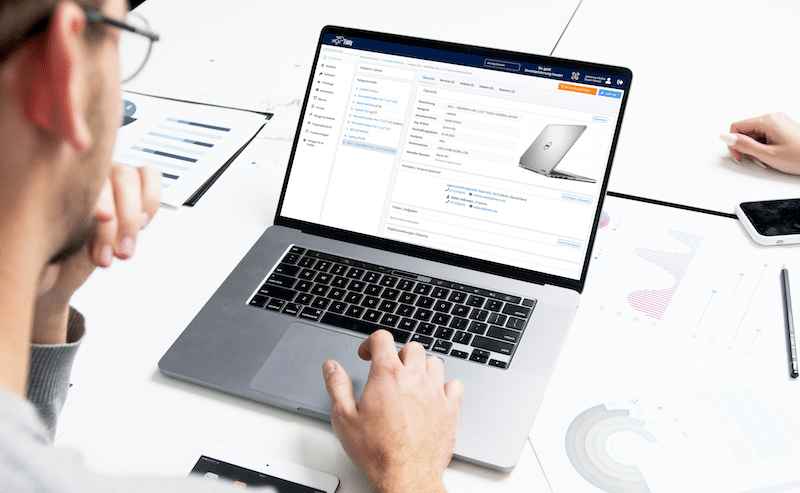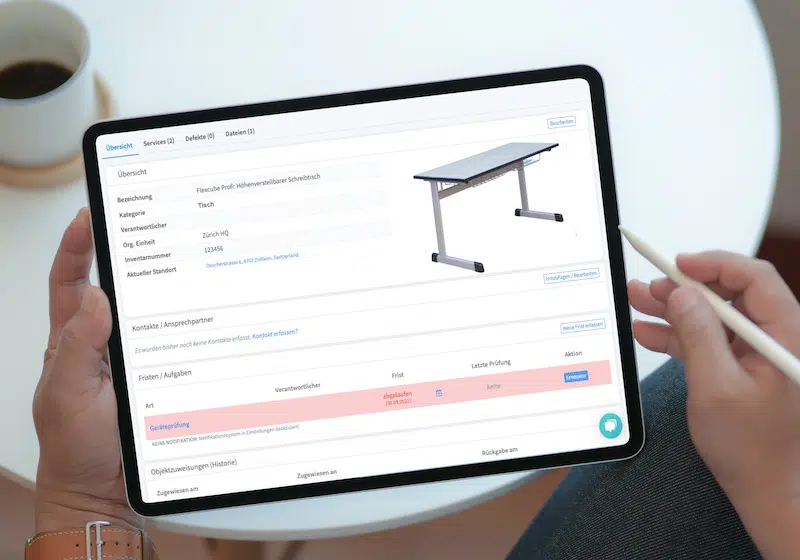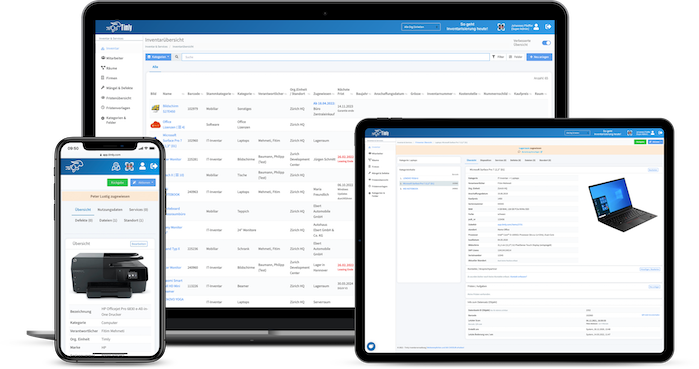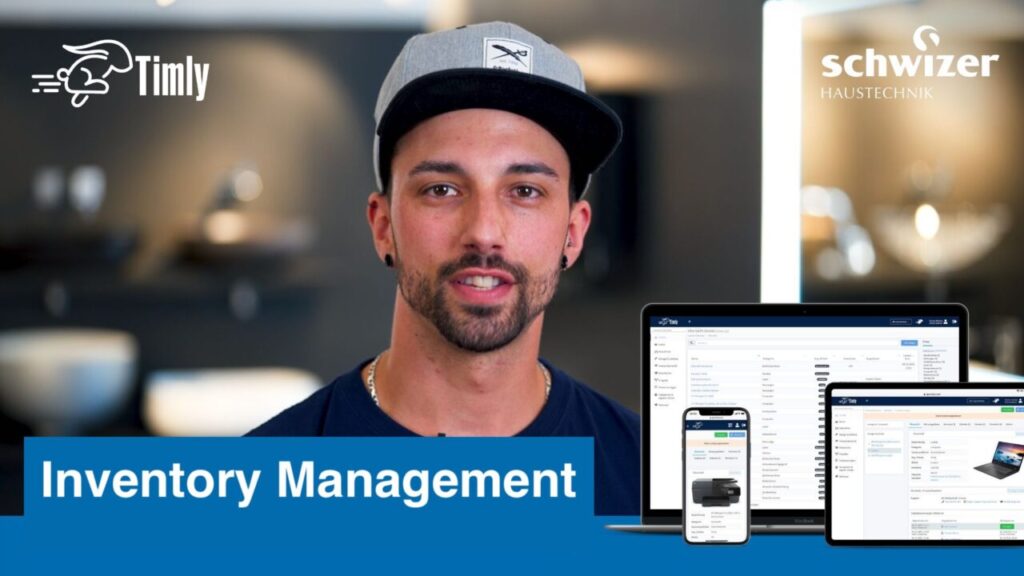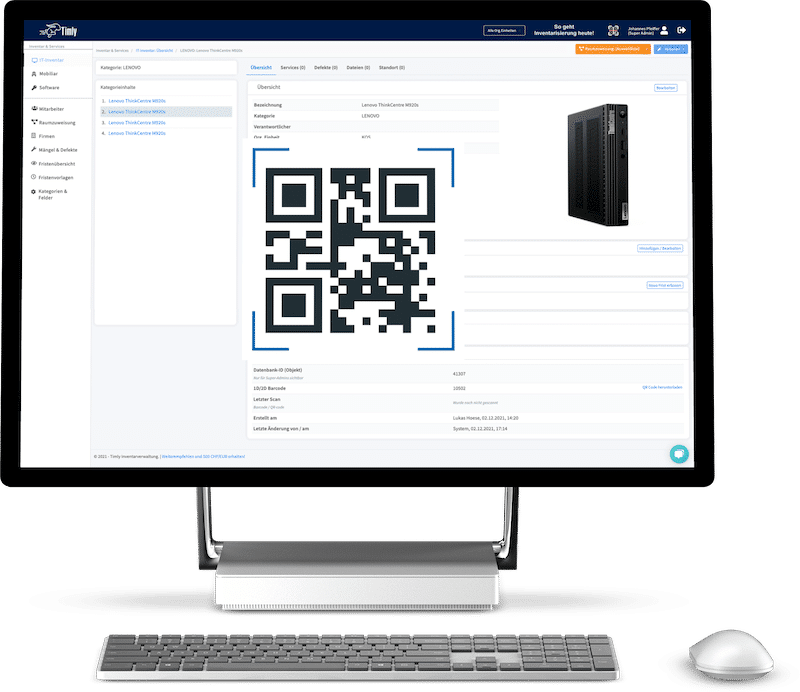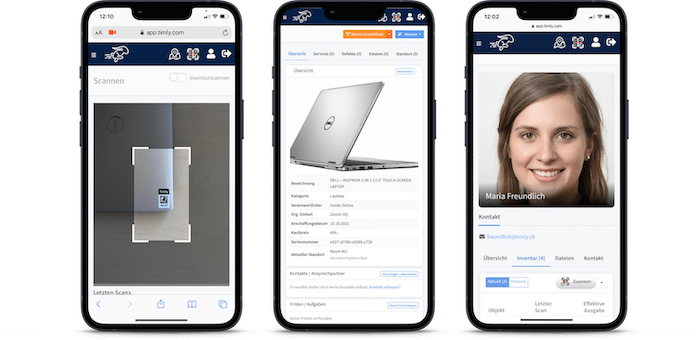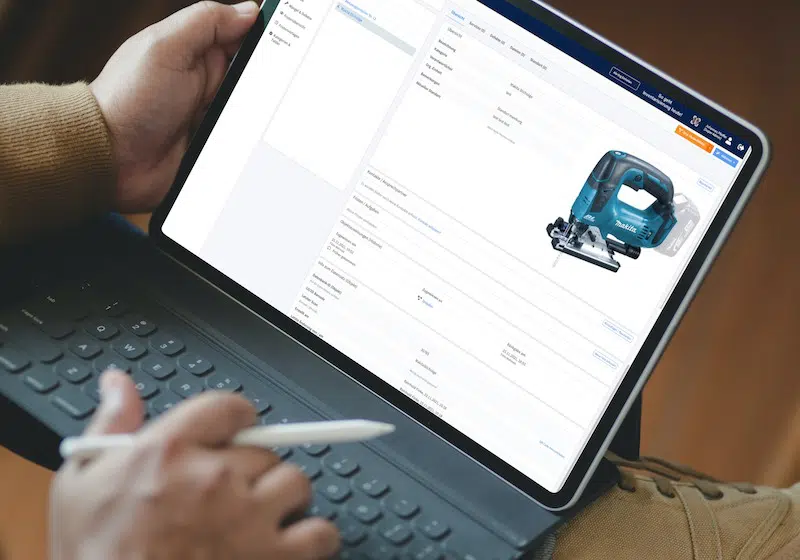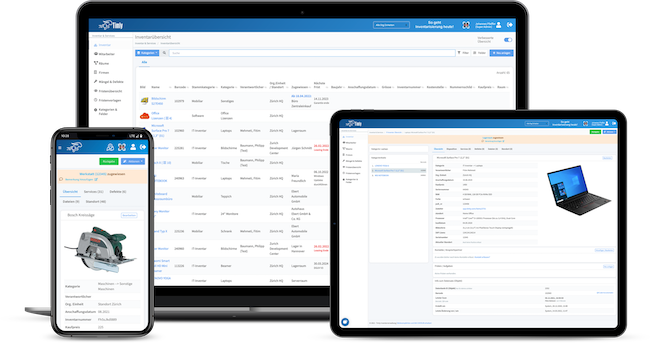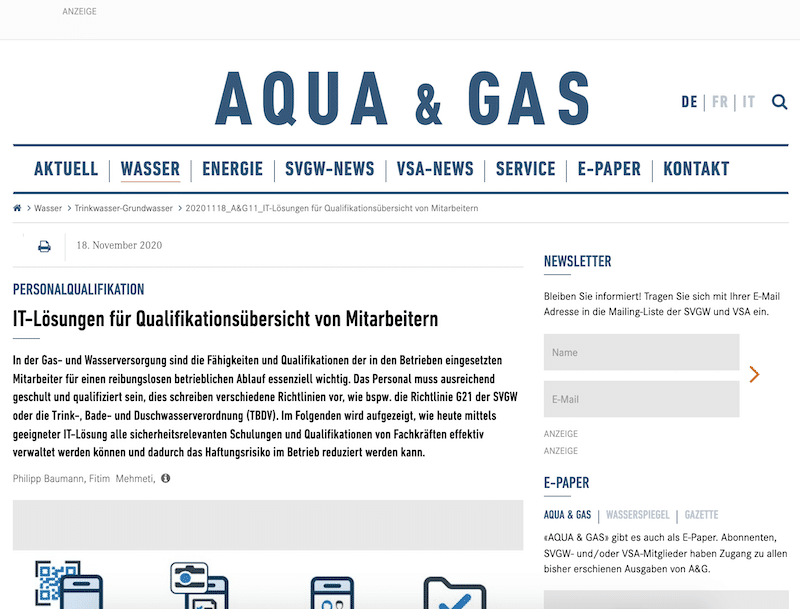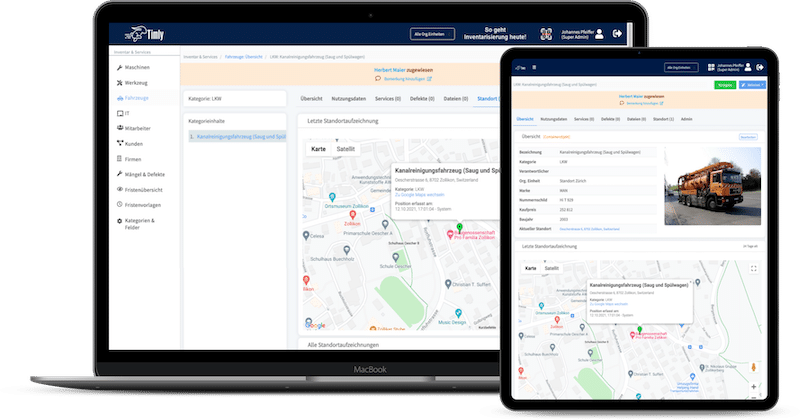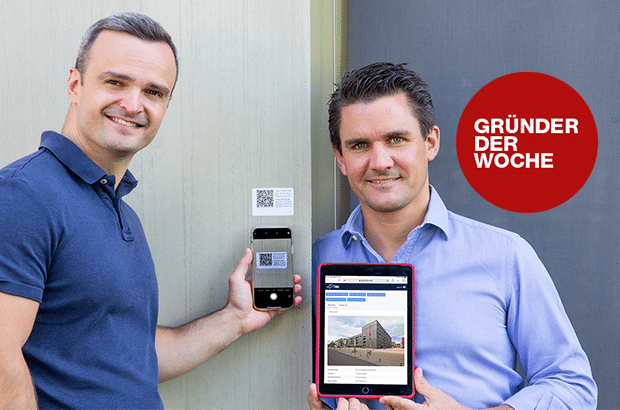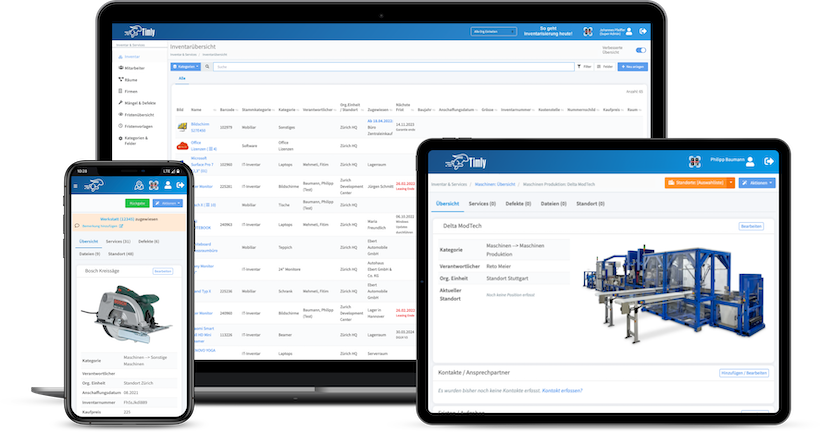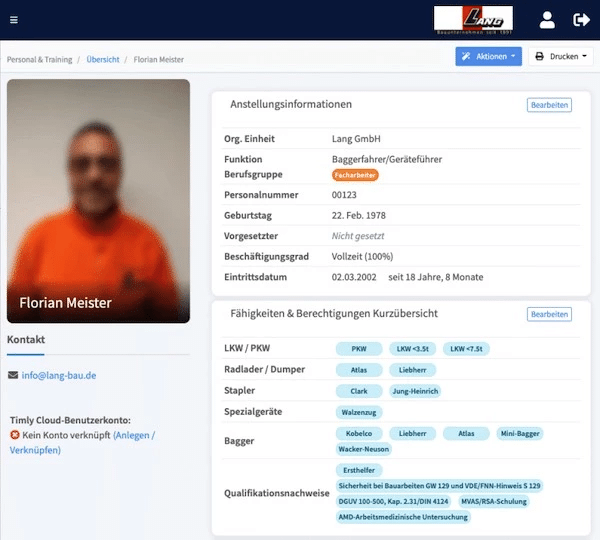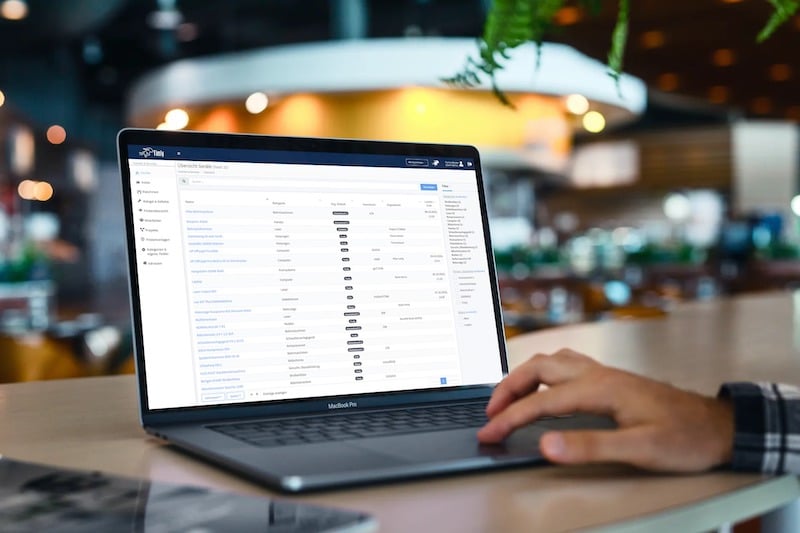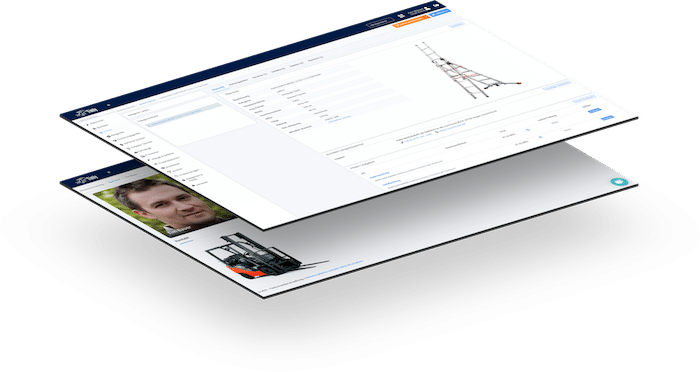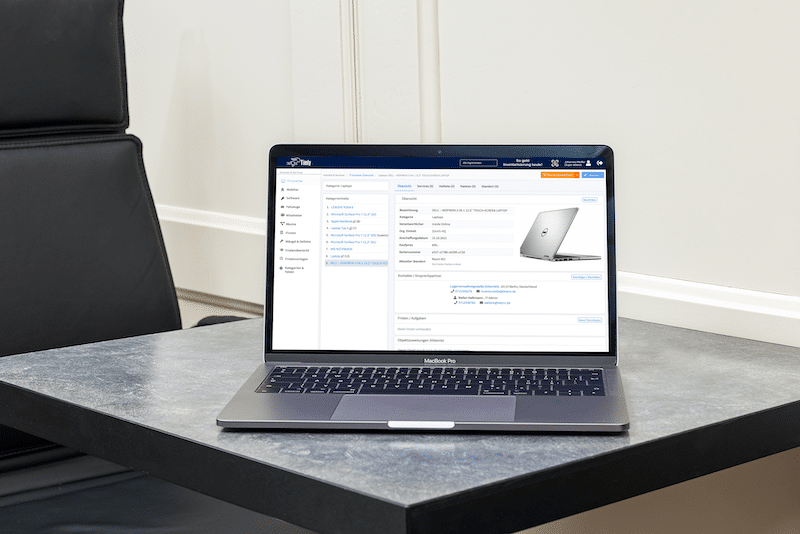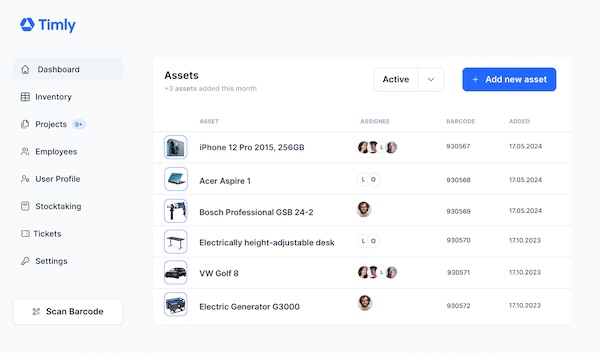
Key Takeaways:
- Cloud-based asset management is simply the use of cloud-based systems and services.
- The relevance and benefits of CAM in today’s setting are the security that it provides, its cost-effectiveness, its centralization, and inventory and asset tracking.
- You will need to consider features such as reliability, scalability, and security to optimize asset management processes.
In This Article:
- What Is Cloud-Based Asset Management (CAM)?
- Cloud Computing and Software Asset Management: How It Works
- Is Cloud-Based IT Asset Management Compatible With Existing IT Systems?
- How to Choose the Best Cloud-Based Software Asset Manager
- Asset Management Software in Use by Our Customers
- How to Choose the Best Asset Manager Cloud? Evaluating Cloud-Based Asset Management Services
- Cloud Asset Management Tools and Applications
- Frequently Asked Questions About Cloud-Based Asset Management
What Is Cloud-Based Asset Management (CAM)?
Cloud-based asset management is simply the use of cloud-based systems and services. It helps businesses to have a central hub to store, keep, analyze, and track digital assets from anywhere. The relevance and benefits of CAM in today’s setting are the security that it provides, its cost-effectiveness, its centralization, and inventory and asset tracking. There are a few things that need to be taken into account when transitioning from traditional asset management to cloud-based solutions:
- Assessment: You will need to identify the latest asset management processes and any issues that might arise when transitioning to a cloud-based solution.
- Research: Find out what types of cloud-based management tools and services are currently in demand in the market.
- Integration: By selecting a cloud-based management system, like Timly, you will be able to integrate with other systems and workflows that your organization is currently using.
Is Asset Management in Cloud Right for You?
Small Business:
- Is it cost-effective?
For small businesses, the issue they face is tied to the amount they are able to invest. Cloud-based asset management serves as a great tool because it does not require any large costs. To add to that, by using a subscription-based solution, you know that you are only paying for what is required. - What about security?
With cloud-based asset management, you can rest assured that your assets are encrypted and backed up on a regular basis. This helps small businesses navigate their daily operations without the additional requirement for IT support.
Large Companies:
- Is it scalable?
When it comes to large companies, it is imperative to ensure that their business is able to scale easily and effortlessly. This is because the company is continuously working towards expansion and, hence, has a need for a system that helps them scale and process huge amounts of information. - Is it integratable?
The ability of the software to integrate with other software, such as ERP and accounting, etc.
Can Small Businesses Benefit From Asset Management Cloud-Based?
By using cloud-based asset management systems, small businesses are able to greatly benefit from them. By doing so, they are able to customize solutions and be cost-effective for small business strategies.
Small Business Customization:
- Scalability:
When it comes to small businesses, they will need to factor in the necessary funds. Hence, the organization can start with a basic package and eventually scale up by upgrading it. - Customization:
By using customization, small businesses will be able to utilize the many features that are available in order to tailor workflows and refine processes. This helps to increase the company’s productivity. - Integration:
When it comes to using cloud-based asset management systems, you will not have to worry about integrating them with your other accounting or inventory systems. It provides seamless integration, and you will not have to worry about any hassle or wasting time on issues that may crop up.
Moreover, you can provide a cost-effective solution for your small businesses. It can help you with price comparison, value-added features, tracking usage, and optimizing processes.
How Can a Large Company Profit From Asset Management System Cloud?
Large companies are able to profit from cloud-based asset management systems because they are able to provide a centralized site to store data, have easy accessibility, scale easily and effortlessly, and have a fluid automation flow.
Here is a list of systems that are able to integrate with cloud-based asset management systems:
ERP Integration:
An Enterprise Resource Planning system (ERP) software helps manage and automate business processes. These processes can range from finance to HR, manufacturing, supply chain, etc.
IoT Integration:
Supply Chain Integration:
Cloud Computing and Software Asset Management: How It Works
There is a difference when it comes to cloud-based asset management systems (CAM) and software asset management (SAM). Though they may be different, they do interconnect and play a huge role in the management of a company’s infrastructure. These two work together by:
- Providing deployment and provisioning.
- Monitoring and optimization.
- Costing.
- Risks.
- Management lifecycle.
Cloud-based computing and software systems are able to integrate with other organizational systems and processes. This is important in terms of the company’s efficiency and effectiveness.
APIs and Web Services:
Numerous cloud-based systems offer application programming interfaces (APIs) and web services.
Synchronization and Data Exchange:
Automating Workflow:
Examples of Cloud-Based Asset Management Tools
Dropbox Business:
Though it is seen as a file hosting service, Dropbox Business provides features to manage assets, such as centralized storage, file organization, and tools that assist in collaboration. This helps users store and access online assets such as images, documents, etc., from anywhere and anytime.
Amazon Web Services (AWS):
AWS is another cloud computing tool that provides asset management solutions. To add to that, it has storage capabilities for managing digital assets as well as monitoring and tracking physical assets with the assistance of IoT devices.
Timly’s Cloud-Based Asset Management System:
Timly’s cloud-based asset management system is intuitive and able to provide assistance to organizations in order to assist them with digital and physical assets. This can be assets such as furniture and machinery tools, right up to IT assets.
Over 600 Companies, Schools and Cities Rely on Timly
(No credit card required)
Is Cloud-Based IT Asset Management Compatible With Existing IT Systems?
To understand if an IT system is compatible with cloud-based IT asset management, you should ensure that there are several factors to consider:
- Inventory Assessment:
First, check and itemize, and learn how to manage IT assets inventory and systems that are available. - Analyze Asset Compatibility:
Secondly, check if your hardware, operating system, and software are compatible with the cloud-based asset management solutions. It is important to learn about asset management use cases. - Data Migration:
Thirdly, when migrating data, you need to consider whether it is feasible to migrate it to a cloud-based system. Don’t forget to check if data integrity and security are impacted during the migration process. - Security and Compliance:
Fourthly, check if the cloud-based systems adhere to industry standards and that security is state-of-the-art. - Integration:
Lastly, ensure that the system is able to integrate with other management systems, such as ERP, CRM, and service-desk systems. Overall, it has to be compatible and integrate with current protocols and APIs.
When integrating a cloud-based management system, you will need to ensure that there is proper project planning and preparation to ensure timelines, resources, and successful integration.

How to Choose the Best Cloud-Based Software Asset Manager
When it comes to choosing the best cloud-based software asset manager, you need to ensure that it is cost-effective, scalable, and secure.
- Cost-effective:
Pricing is always important when it comes to choosing the right cloud-based software asset manager. The goal is to pay for the necessary features, thus maximizing usage and return on investment (ROI) as time goes by. - Scalable:
In every organization, it is imperative to know if the system is scalable. As companies grow in employee size, assets, and data, it is important to ensure that the product is scalable, thus ensuring that there will be no unnecessary costs as it grows. - Security:
By using a robust framework like Timly, you know that your asset, whether physical or digital, is protected from unauthorized access and threats. Thus, your company’s compliance is well met.
Real-World Scenarios:
To understand the importance of a cloud-based software asset manager, you will need to ensure that the system has capabilities that will benefit all types of businesses. Moreover, from what has been mentioned, the system has to be scalable, secure, and customizable.
- Logistics:
Using a cloud-based asset management system such as Timly will greatly benefit logistics management companies. This is because the system is able to provide monitoring of assets, retrieval, and even identification of the list of stocks that are available, pending, and currently unavailable. - Healthcare:
As for the healthcare sector, using cloud-based asset management will greatly assist them in monitoring their products in real-time. If you look at laboratories that are currently distributing their products to pharmaceutical companies, you will need to ensure that the products are in stock all the time and always updated in the inventory. - E-commerce:
The availability of items is crucial for customers when it comes to e-commerce businesses. Hence, by having a cloud-based asset manager, you can track and identify items that are available and manage them.
Pros and Cons of Cloud Software Asset Management
There are various pros and cons to using a cloud software asset management system. The pros are cost, scalability, accessibility, and security. As for the cons, they are internet connectivity, privacy, integration, and the issue of reliance on vendors.
Asset Management Software in Use by Our Customers
The Timly software is continuously evolving to meet the needs of our customers. In various success stories, we show you how Timly optimizes processes in companies, thereby saving significant effort. With Timly, inventory management becomes child’s play.

Optimized Device Management With Innovative Self-Inventory
SodaStream is the world market leader for water sparkling systems for domestic use and has a lot of IT equipment at its various locations. Many colleagues now work from their home offices. A digital solution for the efficient management of IT end devices became necessary...

Panasonic x Timly: Driving Technological Innovation
One of the most remarkable aspects of human ingenuity is our ability to innovate. Innovation is embedded in the DNA of consumer electronics giant Panasonic, which has diversified into a number of sectors, from heavy industry to construction...
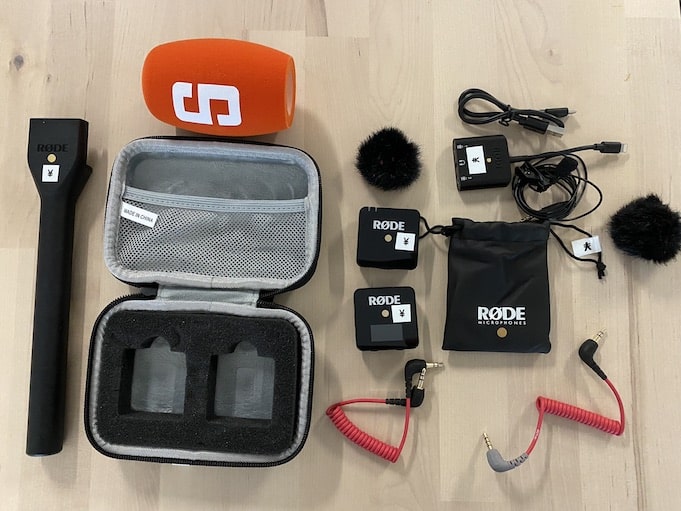
Manage Video Equipment Efficiently Without Much Effort
The Hamburg media company always does outstanding journalistic work and is characterized by independent reporting. In order to maintain journalistic quality, the teams work with highly specialized devices – these need to be managed efficiently...

Smart City Asset Management – Timly in Use at DIGOOH
The core business of DIGOOH Media GmbH in Cologne is to manage digital city light posters (DCLP) for outdoor use in various cities in Germany. The challenge here lies in making the client’s communication message always available at the right time, in the right place...
(No credit card required)
How to Choose the Best Asset Manager Cloud? Evaluating Cloud-Based Asset Management Services
When choosing the best cloud-based asset manager, you will need to first consider the basics, which are reliability. Is the asset manager able to provide uptime guarantees and even service level agreements (SLAs) when it comes to their service availability? Another thing to factor in is the scalability of cloud-based asset managers when it comes to upscaling their users, assets, and even data.
Let us briefly look at some cloud-based asset managers and briefly understand what they provide:
1. IBM Maximo Asset Management provides online access to track assets, maintenance management, and medium-predictive analytic tools.
2. ServiceNow Asset Management has a user-friendly interface and is able to automate with management tools. This is used in medium- to large-sized organizations.
3. Timly’s Cloud-Based Asset Management provides centralization, integration, and integration with IoT to provide robust and futuristic insights into the way cloud-based asset management is utilized.
Security in Cloud Asset Management Services
When it comes to looking at security in cloud asset management services, you will need to measure it in terms of encryption, backup, and disaster recovery.
- Encryption: This is important because the organization needs to understand how data is protected when it is at rest and in transit.
- Backup: Regular data backups are important to avoid any form of data loss. This is because information is always copied and placed in different locations in the cloud.
- Disaster Recovery: When it comes to disaster recovery, companies need to factor in the impact of natural disasters, cyber attacks, and even system failures.
Cost of Asset Management Cloud Service
As for the cost of asset management cloud services, organizations will need to factor in whether the system is fully utilized, and if it is not fully utilized to its fullest capacity, then companies need to adjust accordingly. Organizations also need to check that the services that they are using are of the right type and that they are not spending on a lot of features. This also ensures that it is aligned with workload requirements.
Budgeting is important when it comes to using the right type of cloud-based asset management system. However, organizations need to focus on being aligned with the budget and not overspend when purchasing the right type of system. Another option is that, rather than using pay-as-you-go, organizations can opt for discounts by paying for annual cost savings contracts.
Cloud Asset Management Tools and Applications
Cloud asset management has various tools and applications that help with tracking, Cloud asset management has various tools and applications that help with tracking, monitoring, and managing digital assets. Here’s what it can do:
- It can help track assets, which allows companies to know their status, whereabouts, and usage in real-time. This is done using RFID and barcodes.
- Organizations are able to obtain accurate records of what is located in their asset inventory, thus facilitating proper monitoring and control.
- Assist in providing version control, monitoring changes, and scanning servers and networks to provide visibility into what is located on the inventory platform.
Cloud Asset Management App: Features and Usage
There are various features and usages when it comes to cloud asset management apps. Firstly, the cloud asset management apps provide robust asset tracking. It allows organizations to monitor information in real-time, such as location, status, and usage history. To add on, it also allows for managing inventory by tracking its movements, auditing stock performance, and also managing its availability.
Moreover, the lifecycle of assets is supported from the time they were purchased and disposed of, which helps with maintenance schedules and provides insights into procurement, deployment, maintenance, and end-of-life.
Frequently Asked Questions About Cloud-Based Asset Management
What Is Cloud-Based Asset Management?
How to Choose the Best Cloud-Based Software Asset Management?
Recommended for You:
Book an online demo - free and without obligation - or create your free trial account directly.






